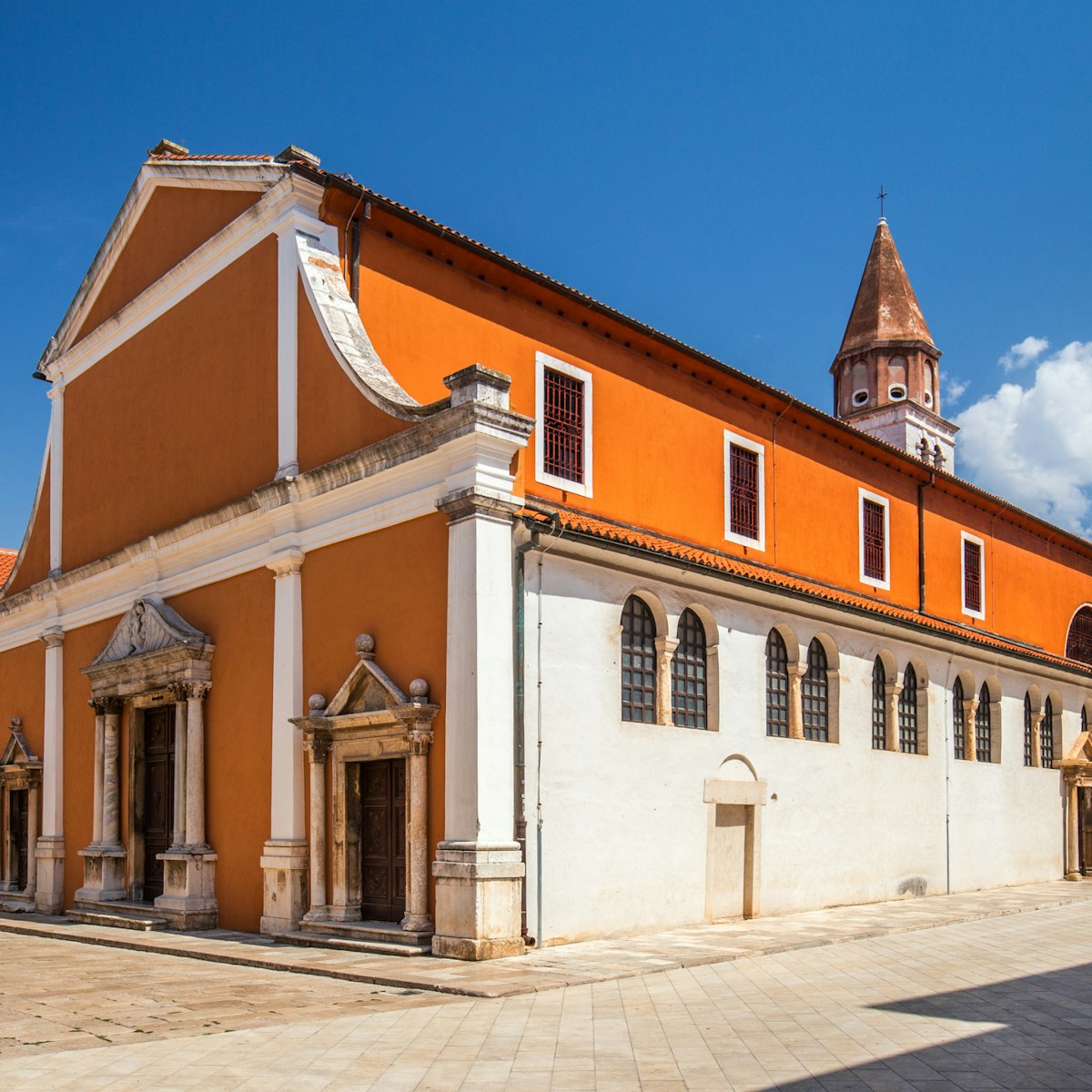Covering 95 sq km of the Velebit Range that divides continental Croatia from the Adriatic coast, Paklenica National Park contains some of the country’s finest mountain scenery, giving you the opportunity to trek up gorges, climb walls of stone and meander along shady paths next to rushing streams. The park encompasses two deep gorges, Velika Paklenica (Great Paklenica) and Mala Paklenica (Small Paklenica), which scar the mountain range like giant hatchet marks, with cliffs over 400m high.
The dry limestone karst that forms the Velebit Range is highly absorbent, but several springs at high altitudes provide a continuous source of water and nurture patches of lush vegetation. About half the park is covered with forest, mostly beech and pine, followed by pubescent oak and varieties of hornbeam. The vegetation changes as you ascend, as does the climate, which progresses from Mediterranean to continental to subalpine. The lower regions, especially those with a southern exposure, can be fiercely hot in summer, while the bura (cold northeasterly wind) that whips through the range in winter brings rain and sudden storms.
Animal life is scarce, but you may see golden eagles, striped eagles and peregrine falcons, which nest on the cliffs of the two gorges. Lynx, bears and wolves live in the park’s upper regions, but your chances of seeing them are minuscule. There is, however, a high chance of seeing chamois near the main park entrances.
The best time to visit is in April, May, June or September. In late spring the park is at its greenest and the streams become torrents. In July and August many of the streams dry up and it can be too hot to hike comfortably.








